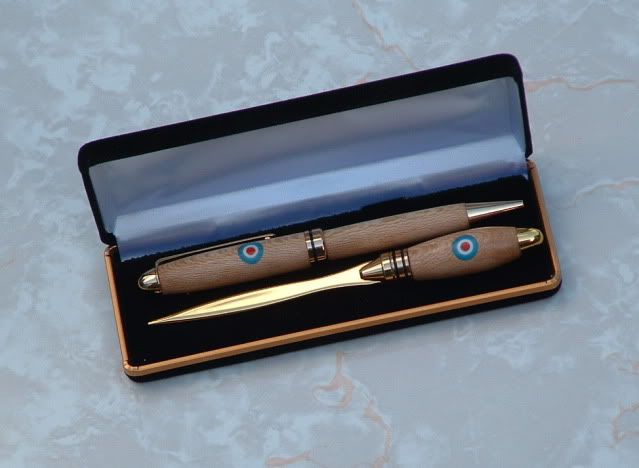HappyPixie
Established Member
Hello folks
I've sketched out an idea for two shallow bowls (c. 200mm dia.) to be joined together at the open ends which would incorporate a Perspex ring at the joint. I suspect I'll be using a proprietary epoxy adhesive but my question is has anyone turned Perspex? What sort of speed? What sort of tool? Abrasive grades? Finishes? At the moment I'd just be guessing so any advice or suggestions would be gratefully received.
Thanks in advance
Steve
I've sketched out an idea for two shallow bowls (c. 200mm dia.) to be joined together at the open ends which would incorporate a Perspex ring at the joint. I suspect I'll be using a proprietary epoxy adhesive but my question is has anyone turned Perspex? What sort of speed? What sort of tool? Abrasive grades? Finishes? At the moment I'd just be guessing so any advice or suggestions would be gratefully received.
Thanks in advance
Steve




































